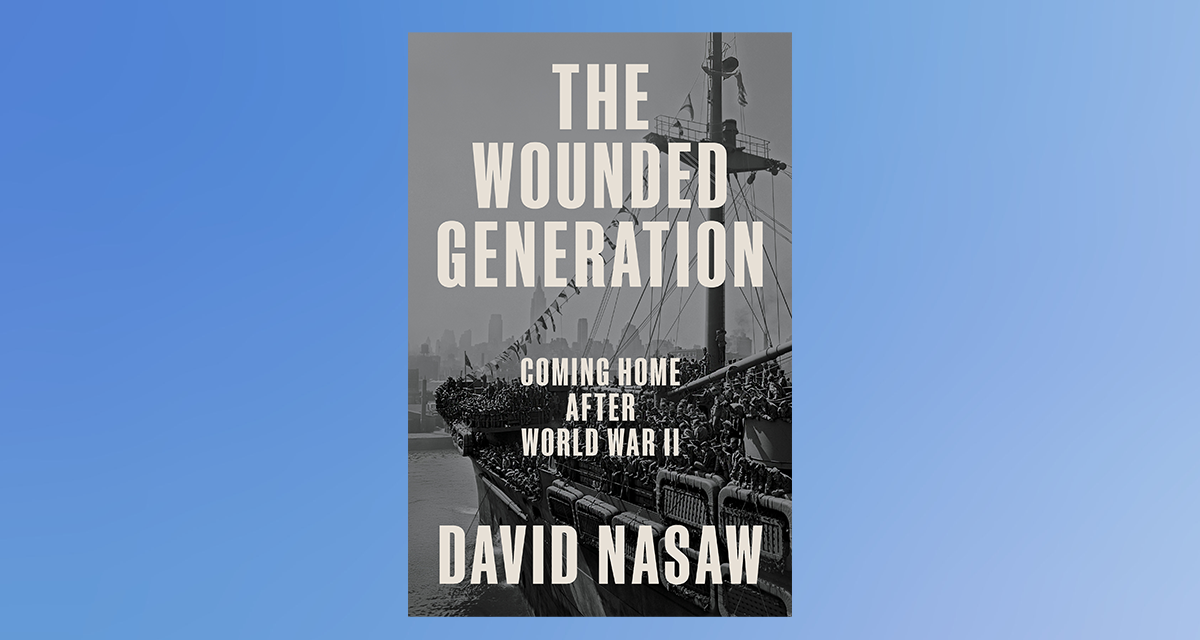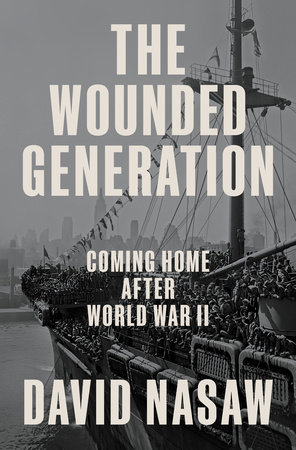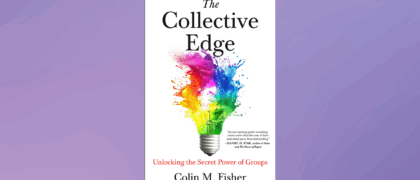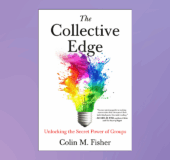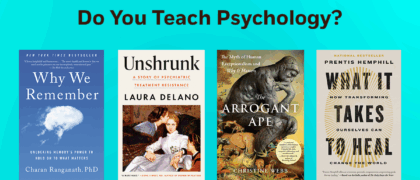From award-winning author David Nasaw, a brilliant re-examination of post-World War II America that looks beyond the victory parades and into the veterans’—and nation’s—unhealed traumas.
In this richly textured examination, Nasaw presents a complicated portrait of those who brought the war home with them, among whom were the period’s most influential political and cultural leaders, including John F. Kennedy, Robert Dole, and Henry Kissinger; J. D. Salinger and Kurt Vonnegut; Harry Belafonte and Jimmy Stewart. Drawing from veterans’ memoirs, oral histories, and government documents, Nasaw illuminates a hidden chapter of American history—one of trauma, resilience, and a country in transition.
By: David Nasaw
Too often, in teaching the second half of the U.S. history survey or courses on the 20th century, we jump from the end of World War II to the onset of the Cold War, leaping over a critical period in our history.
The dislocations, the disruptions of World War II did not end when the millions of men and women who had fought it came marching home. The “greatest generation” was a “wounded generation.” The divorce rate in 1946 was higher than it had ever been; alcoholism was endemic; undiagnosed and untreated PTSD symptoms raged through the veteran population; housing and job shortages were commonplace; violence against and the lynching of Black veterans soared; and throughout the nation, daily newspapers, women’s, glossy, and news magazines, films and fiction, politicians and law enforcement officials warned of the dangers posed to the social order as young men and boys, having learned to kill by the military and become inured to violence, struggled and failed to adjust to civilian life.
The White House and Congress, anticipating the difficulties the returning veterans would have readjusting to civilian life, passed the GI Bill which, as President Clinton would later put it, provided them with “a ticket to the American dream.” While we can only celebrate the effects of GI Bill for the millions of returning veterans who used it to buy houses or get college degrees, we must also bear in mind that in constructing the world’s most generous social welfare program for veterans only, 90% of whom were White, 98% male, the GI Bill ended up exacerbating racial and gender inequities that had begun to shrink during the war.
In writing The Wounded Generation, I’ve tried to add a new chapter to the story of the World War II veterans’ homecoming and the social, political, and economic history of postwar America.
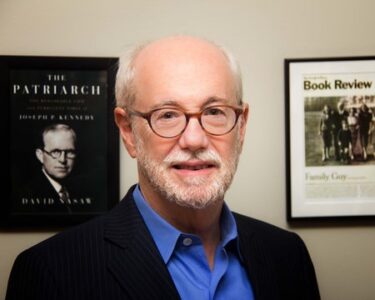
© Alex Irklievski
David Nasaw is a historian, two-time Pulitzer Prize finalist, and bestselling author of The Last Million, named a best book of the year by NPR, Kirkus Reviews, and History Today, and, according to The Economist, one of the “six must-read books on the Second World War”; The Patriarch, a New York Times Five Best Non-Fiction Books of the Year; Andrew Carnegie, a New York Times Notable Book of the Year and the winner of the New-York Historical Society’s American History Book Prize; and The Chief, winner of the Bancroft Prize. He is the Arthur M. Schlesinger, Jr. Professor of History Emeritus at the CUNY Graduate Center and a past president of the Society of American Historians. In 2023, Nasaw was honored by the New York Public Library as a “Library Lion.”

